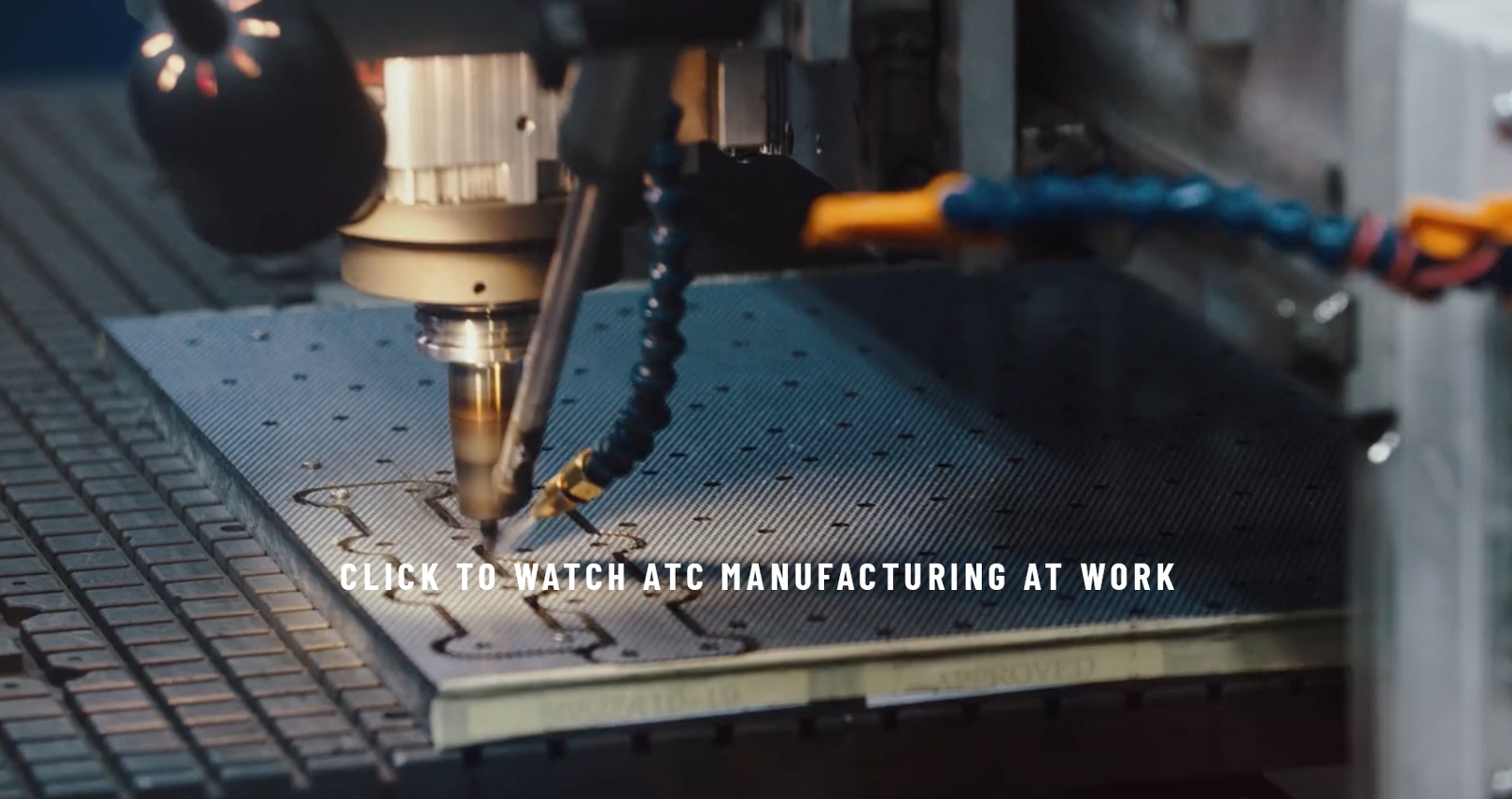Thermoplastic Polymers
A major advantage of thermoplastics is the rapid processing. The polymer is simply heated, formed to shape and cooled with no chemical reaction or cure.
Aerospace applications demand the highest performance, a wide service temperature range, environmental resistance and very low flammability.
The select polymers have desirable characteristics for aerospace structures and interiors. All the polymers have high service temperatures, represented by the Glass Transition temperature (Tg).
The summary table lists the typical Aero polymers key processing and service temperatures and key benefits or limitations.
(1) For aircraft structural use. Service temperature must be determined by designer on service requirements.
(2) Low melt temperature PAEK Polymer

